Cats are popular pets and delight many a family with their original characters. However, environmentally friendly cat ownership is also an important issue in an ecological household. We'll show you what you can look out for!
What few owners realize: One kitty generates 0.39 tons of CO2 per year! That's more than a third of what experts would like to see per capita for every person on earth: 1 ton of CO2. In view of the increasing number of domestic cats, this figure adds up to a considerable amount. But don't worry, you can help to keep the ecological pawprint as small as possible by keeping your cat in an environmentally friendly way.

Environmentally friendly cat farming: meat food as one of the main culprits
As with other pets, such as dogs, two elements in particular contribute to the lack of sustainability: The cat food and the litter box. Since cats, unlike dogs, really are pure carnivores, they should not be switched to a vegetarian diet. A dog can also meet its needs from vegetable protein, but a cat would fall ill on such a diet, as the food would lack important trace elements such as taurine and the essential vitamin A. A vegan cat diet would therefore be cruel to animals.

Eco-friendly cat care: the packaging makes all the difference
So you can't save on meat for your kitty - but you can save on packaging. Dry food in paper or cardboard containers and wet food in cans that are as large as possible reduce the CO2 footprint. It is even better to make your own wet food, freeze it and feed it (defrosted appropriately and slightly warmed): for example, you can take meat that is not too fatty without any spices and a few aromatic vegetables such as carrots or zucchinis and cook and puree it. Voilà, you have homemade cat food! Cats appreciate the added flavor and variety of vegetables, even if they don't get much nutritional value from them. With home-cooked food, you can reduce packaging waste and also adapt to the preferences of your cat(s).

The right cat litter for environmentally friendly cat ownership
In addition to food, cat litter is a significant source of waste. As much as pet owners are pleased that even very young cats quickly take care of their own needs, a litter tray generates a lot of litter. Even under normal circumstances, this can add up to quite a lot, and if the cat becomes ill with kidney disease in old age, it can be even more. Of course, the simplest conceivable solution is to let the cat outside - unfortunately, this is not possible in all cases.
You should only save on the litter tray if there are really suitable outdoor areas for the cat to explore and roam around. However, there are also ways to be more ecological with litter trays. In order to be good for the cat and the environment, chemical-laden products such as scented litter crystals should be avoided. Cat litter made from renewable materials is more environmentally friendly; it is also available without fragrances, is often compostable and also helps to reduce the cat's CO2 emissions. Wood pellets or sawdust are particularly suitable and can be filled into the litter tray in coarse or fine form, depending on the cat's preferences.

Cats only need a few accessories - and none made of plastic
The accessories really necessary for cats are manageable and also enable environmentally friendly cat ownership by dispensing with plastic. A cat only needs a transport basket for occasional visits to the vet or when traveling. Such baskets are also available woven from willow rods, which can be closed with a grid. The animals also appreciate a scratching opportunity. Instead of industrially manufactured scratching posts or scratching landscapes, you can use boards or pallets and wrap them with jute or sisal. The advantage of home-made scratching posts is that you can replace the tattered parts and thus extend the life of the item enormously. You can also make toys "for cats" yourself - with crocheted mice made from robust yarn or simply with balls of paper held together with string. Cats discover the play potential of objects on their own anyway and let us know what they like. If you still want to buy special toys for your kitty, you can also find them second-hand.

Eco-friendly cat keeping is less difficult than expected
Cats in particular are curious and inventive - when they play, they show how sustainable pet ownership can be by using paper bags and cardboard boxes. As a cat owner, you can follow suit, for example with litter made from renewable raw materials and wet food, some of which you cook yourself. If you can then let your cat outside occasionally, you have already taken a big step towards environmentally friendly cat ownership. We at NIKIN also try to make a difference in many small ways. For example, we use very little paper and when we do, we only use tree-free paper. Our shipping from us to you is climate-compensated and we have an electric company car. You can find out where else we save resources and how we live sustainability here.











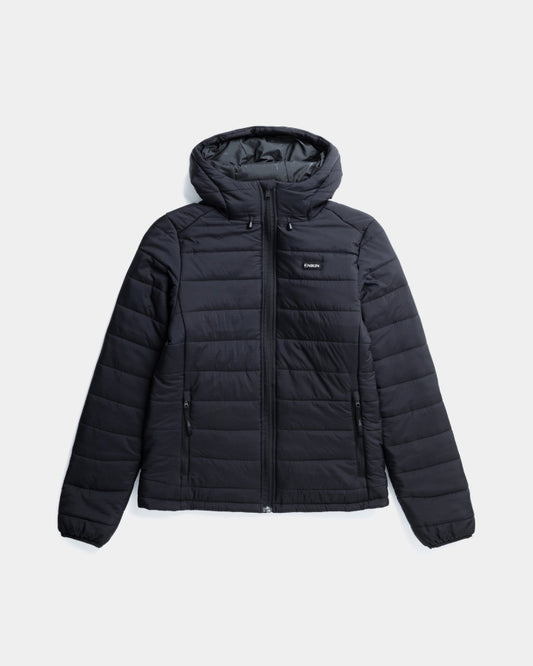

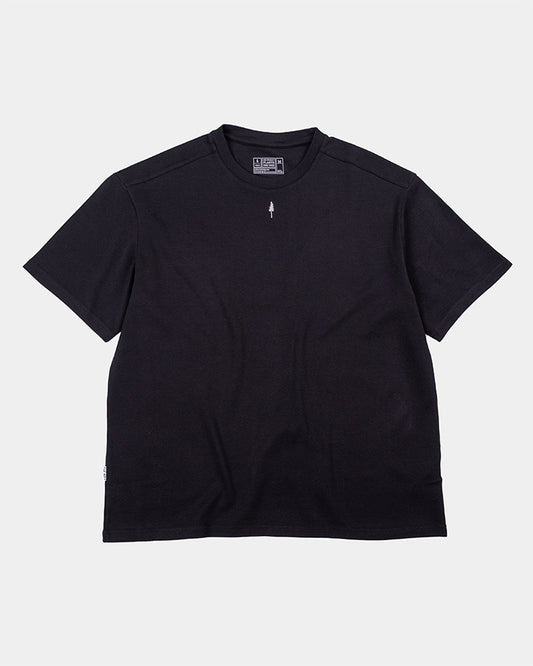

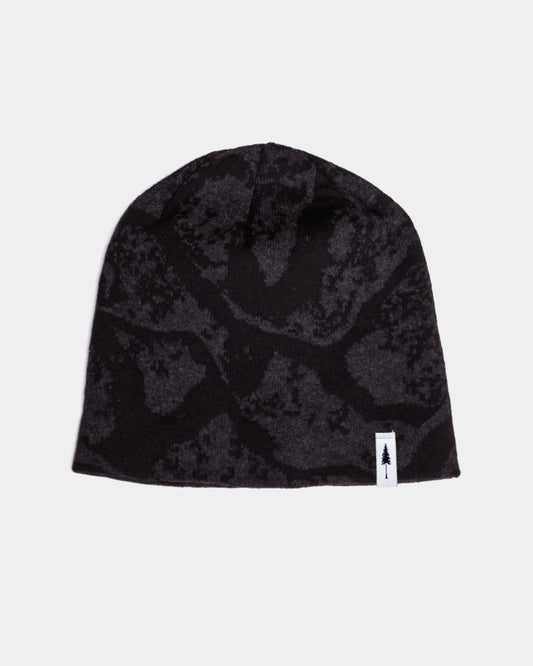

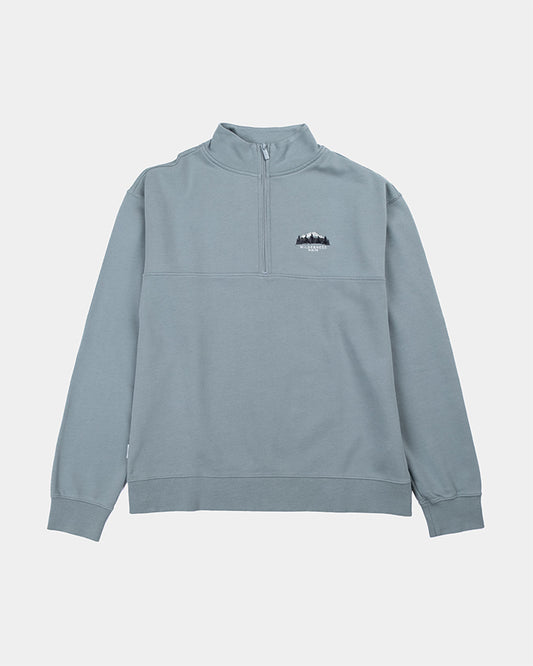
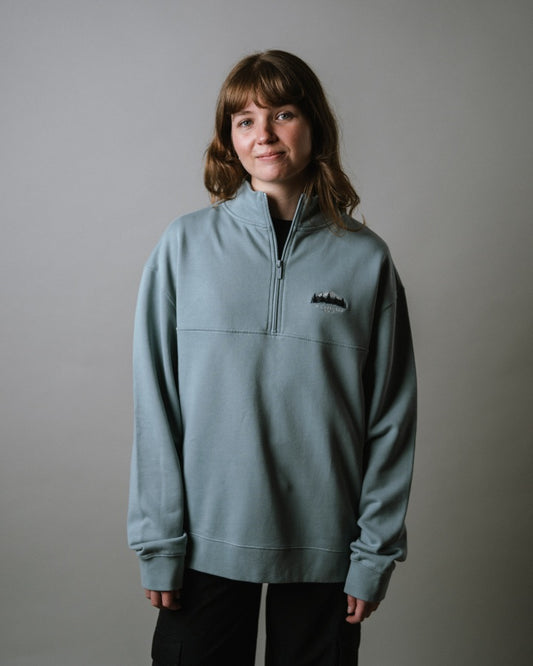
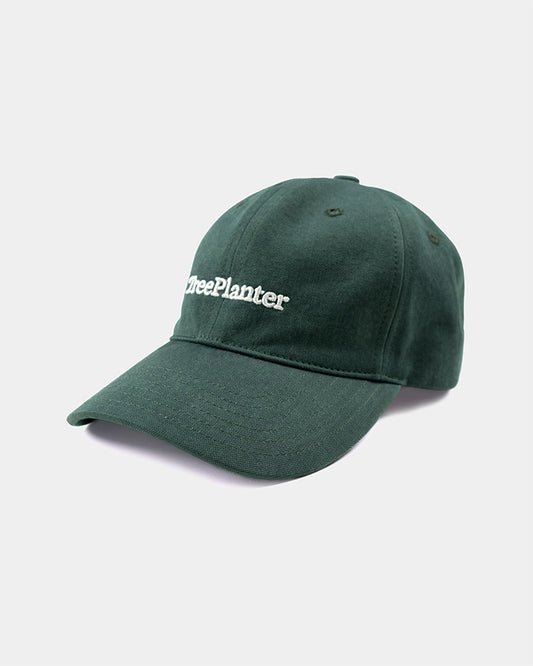
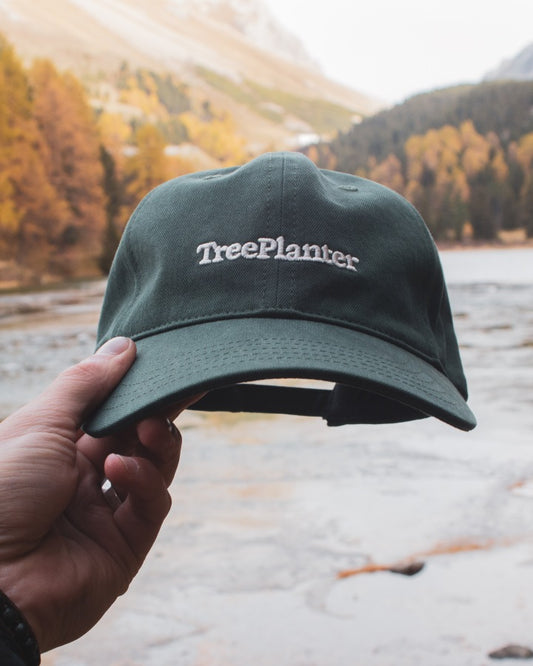
1 comment
Avoiding cat and dog food containing fish would be another important tip, as this contributes to a large proportion of overfishing and even illegal fishing. It is not enough just to look at the taste, but also to look at the ingredients.